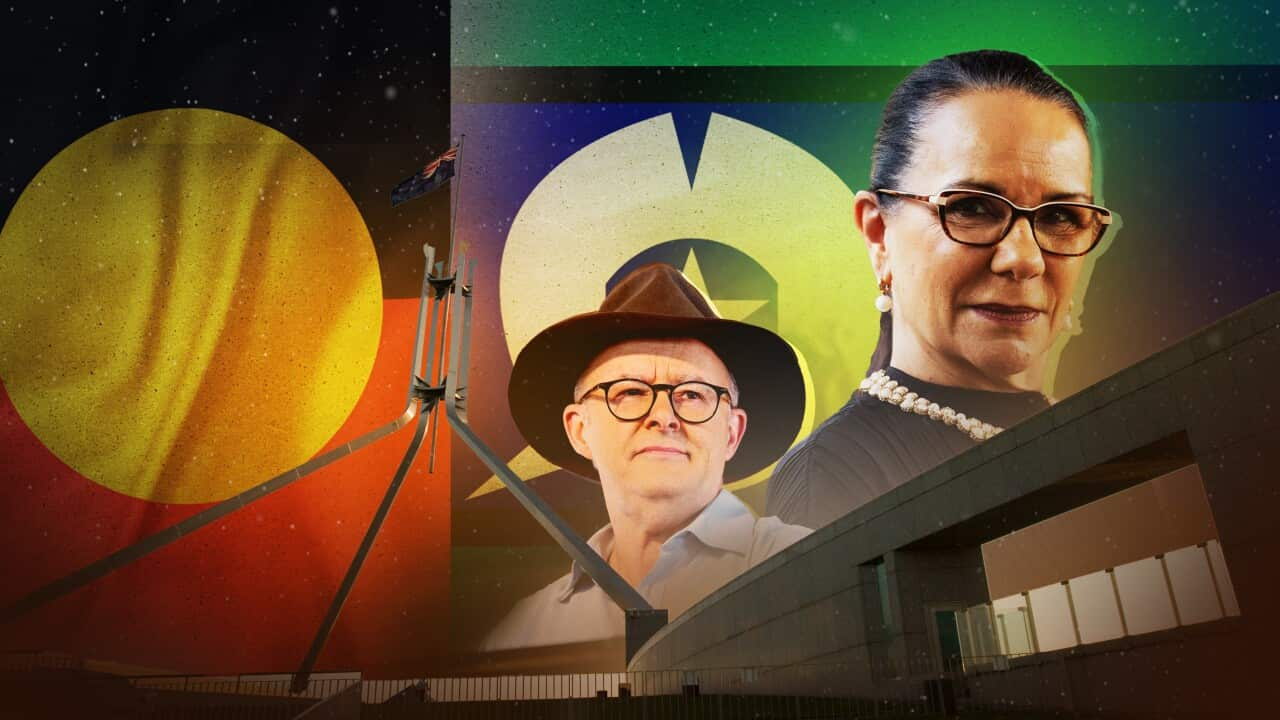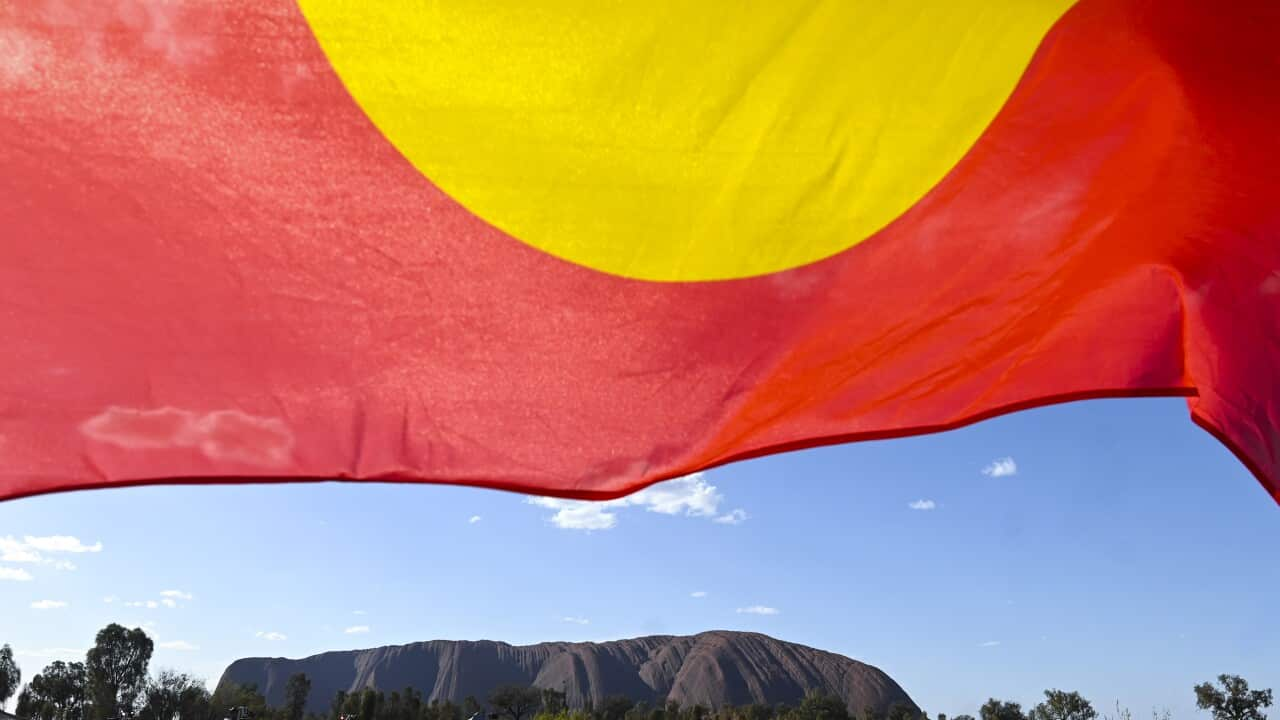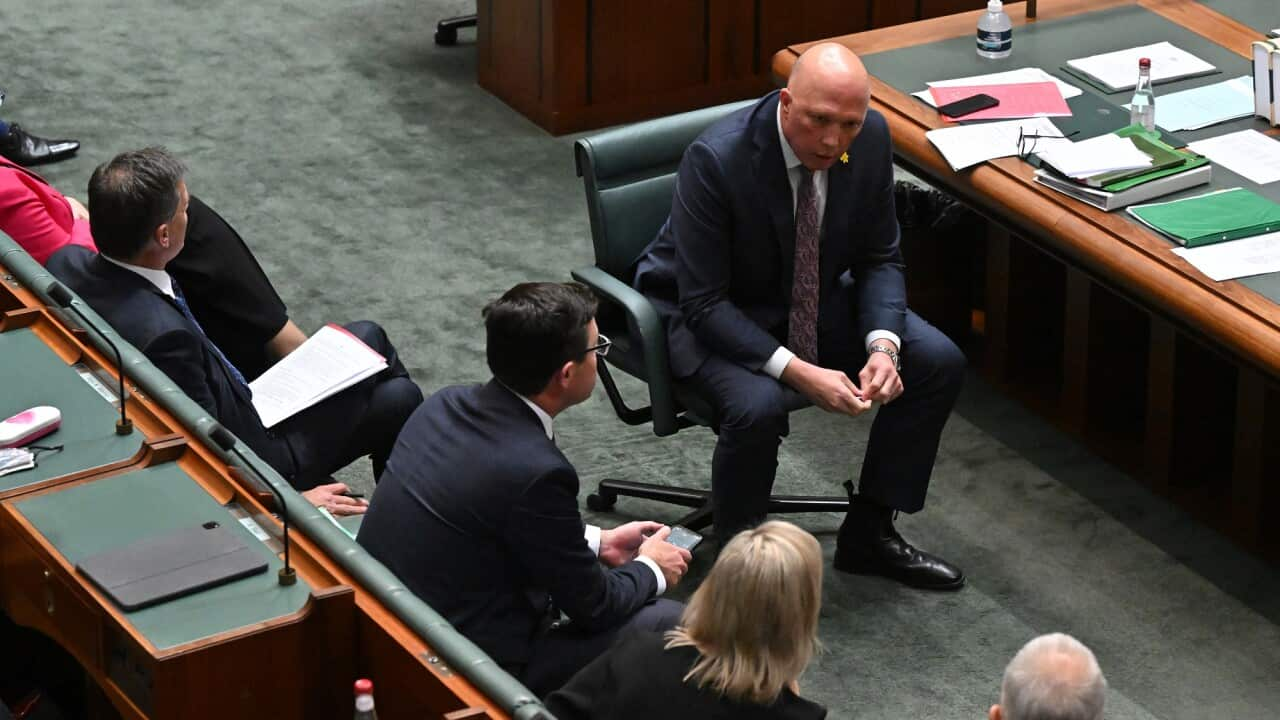Key Points
- Anthony Albanese committed to the Uluru Statement from the Heart during his election night victory speech
- According to some experts, the Voice aims to bring constitutional reform in the Australian parliament.
The Uluru Statement from the Heart’s Voice to Parliament has dominated the headlines ever since Anthony Albanese uttered his first words as the country’s new prime minister-elect.
“On behalf of the Australian Labor Party, I commit to the Uluru Statement from the Heart in full,” he said on 21 May, moments after winning the federal election, and promised a referendum on the Voice will be held in the Labor government’s first term.
Within days, the country’s new Indigenous Affairs Minister Linda Burney said Australia is ready for the referendum.
“Australians are more than ready for the discussion about a Voice to Parliament. We are already having it. It’s time we put the discussion at the centre of our national discourse and took it to a vote,” Ms Burney said.
More recently, the prime minister revealed the draft wording for the referendum.
“We should consider asking our fellow Australians something as simple as ‘Do you support an alteration to the constitution that establishes an Aboriginal and Torres Strait Islander Voice?’” he said at the Garma festival in Arnhem Land on 30 July.
Mr Albanese and Ms Burney will be visiting the Torres Strait on Thursday to hold further discussions with the community members about the Voice.
But not everyone is supportive of the Voice.
In her first speech to parliament, new Northern Territory Country Liberal Party Senator Jacinta Nampijinpa Price said the Voice is a “symbolic gesture”, which will not empower Indigenous Australians.
“This government has yet to demonstrate how this proposed Voice will deliver practical outcomes and unite rather than drive a wedge further between Indigenous and non-Indigenous Australia,” Ms Price said in July.
But what exactly is the Voice? How is it different from similar past advisory bodies? How will it function? And will it really have an impact on Australian laws and policies?
What is the Voice?
In May 2017, more than 250 First Nations leaders from across Australia came together at Uluru, on the lands of the Aṉangu people, to launch the Uluru Statement from the Heart.
The one-page document called for the establishment of a First Nations Voice in the Australian Constitution.
Megan Davis – one of the authors of the Statement and professor of constitutional law at the University of NSW – read out the Statement for the first time in its history at the 2017 First Nations National Constitutional Convention at Uluru.
She told SBS News the Voice aims to bring constitutional reform in the Australian parliament.
“Currently in Australia’s legal and political system, First Nations [people] have very little, if any, influence on laws and policies that are passed or written [and] that impact upon our communities,” she said.
“The outcome of that is very poor-quality laws and policies, and a widening of gap and disadvantage. Whether it’s health, education or justice, the gap is getting wider.”
The Voice – an advisory body of First Nations people to the parliament – will close that gap, Professor Davis said.
How is the Voice different from similar advisory bodies in the past?
Teela Reid – a proud Wiradjuri and Wailwan woman – is the University of Sydney Law School's inaugural Indigenous Practitioner-in-Residence.
She told SBS News many similar First Nations bodies – such as the Aboriginal and Torres Strait Islander Commission (ATSIC) – have been introduced in the past to take care of the interests of the First Nations people.
But they were “taken away at the stroke of the pen” by the governments of the day.
“When First Nations voices speak up [and] governments don’t like it, whether that’s the left or the right, that can easily get taken away at the stroke of the pen,” Ms Reid said.
ATSIC was abolished by the Howard government in 2005.

The Uluru Statement from the Heart. Source: Facebook/The Uluru Statement from the Heart
The Statement calls for a First Nations voice to be enshrined in the constitution of Australia, so it cannot be removed by the government of the day.
For that to happen, the constitution must be amended, and that can only be done by a referendum.
How will the Voice function?
Professor of Australian Indigenous Studies at the University of Melbourne, Marcia Langton, was appointed by former minister for Indigenous Australians, Ken Wyatt, as the co-chair of a senior advisory group of the Voice’s design process.
She told SBS News by the time a bill is tabled in parliament it’s too late for anyone to have much of a say, so the proposed First Nations advisory body will aim to get involved in the “policy process from the beginning”.
“We propose that the Voice give advice to the government when requested and also when the members of the Voice think it’s important to do so,” Professor Langton said.
While the members of the Voice won’t be able to vote for the proposed bills or policies, they’ll be able to shape them from the start, she said.
“In order to have a very formal say on bills, we [recommend] a special committee in Parliament … written advice of the Voice would go in order to be read by all the members of parliament,” Professor Langton said.
There are other committees, such as the Australian Human Rights Commission, that deal with legislation in a similar fashion, she said.
What sort of bills will the Voice shape?
Geoff Scott – former executive officer to the Referendum Council, established in 2015 by then prime minister Malcolm Turnbull and then Opposition leader Bill Shorten – has been one of the key leaders throughout the Uluru dialogue process.
He told SBS News while the Voice will help shape all bills and laws in Australia, it’ll more specifically play a pivotal role in scrutinising legislation that directly affects First Nations communities.
He said many laws and policies of the past would have had better outcomes if an advisory body such as the Voice was around to shape them.
“The Northern Territory Intervention is one [example],” he said, referring to the Northern Territory Emergency Response, which was introduced by the Howard government in 2007, following the release of a report with allegations of widespread child abuse and family violence in First Nations communities.
Measures in the response included restrictions on alcohol and pornography and changes to welfare payments.
“I probably agree with 70 per cent of what was put in place, but it was whacked in place in haste … It hasn't resolved anything.
“I think that it should have been evaluated on a regular basis and tweaked to make sure that the outcomes are being achieved. That didn't happen.”
Mr Scott said the Voice will give parliament the opportunity to evaluate bills and policies – not only when they’re being formulated – but also after they have been introduced, so better outcomes can be achieved on an ongoing basis.












